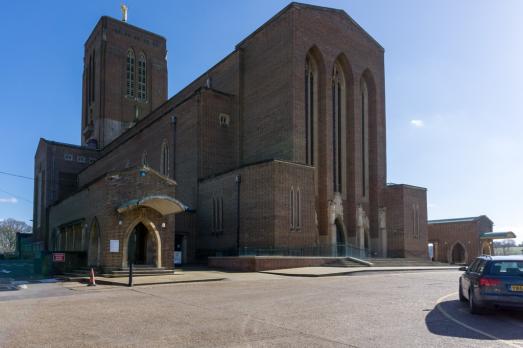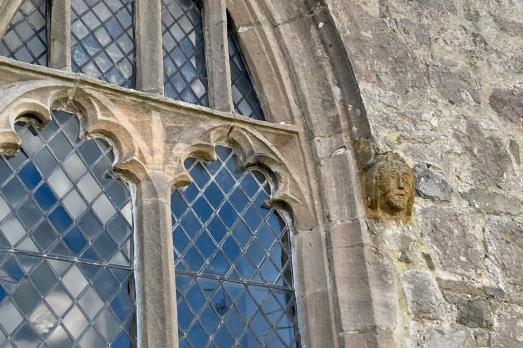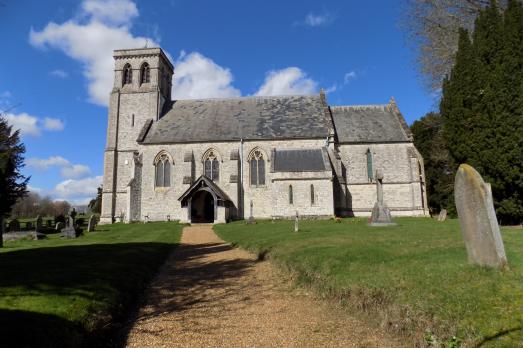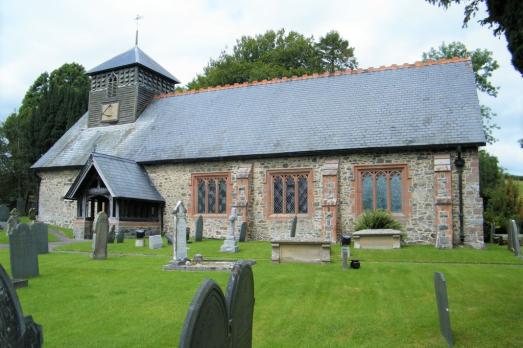
St Lawrence
Mereworth, Kent | ME18 5LY
The old church at Mereworth was found to spoil the view of John Fane, 7th Earl of Westmorland, from his splendid new Palladian house, so he demolished it (he had already done away with the old castle and the village) and built a new classical church, and a new village, nearby.
We have supported this church






